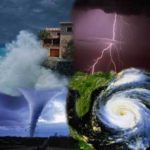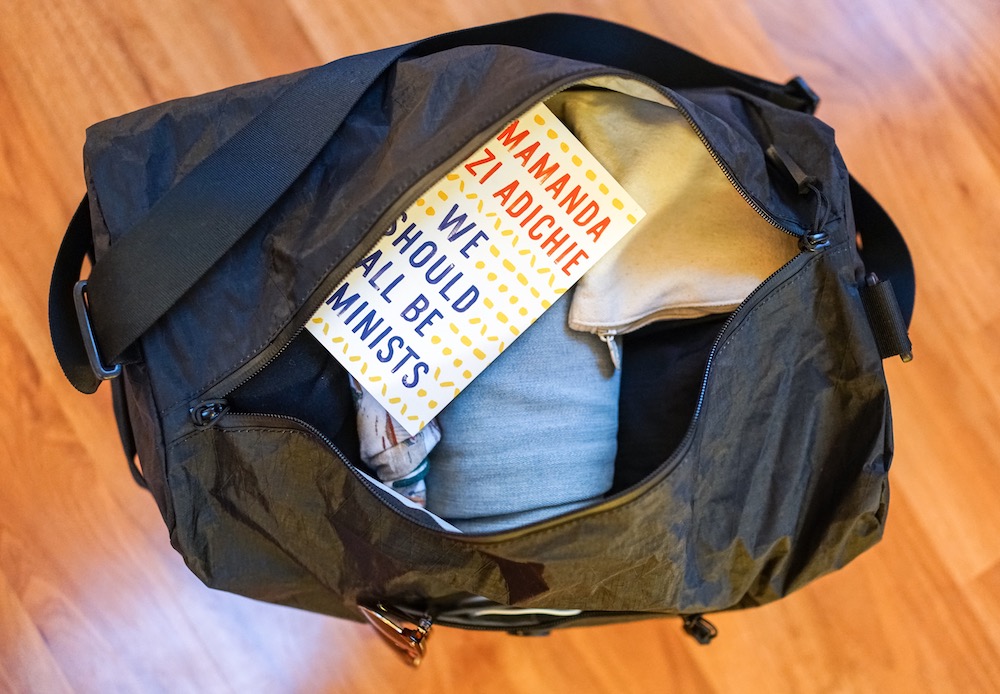Six Prepper Supplies that Require no Skills!
Having read hundreds if not thousands of articles on preparedness, one of the common themes that I see consistently among all authors on all platforms is the focus on skills. Certainly, the advantages are obvious; if you know how to make a fire, then you’re able to do it the moment without having to break out your boy scout manual and fail multiple times at the moment. You can practice on your own time during a non-emergency, and learn everything there is to know about knots, cooking, preserving, and growing. At the moment, you can’t ask an attacker to pause so you can quickly study up on your Tae Kwon Do, or ask the oncoming floods if they could recede for long enough for you to build an adequate barricade for your home.
That said, as a budding young prepper a few years ago, I found it completely overwhelming having to not only purchase so many supplies but also find the time to learn how to garden, how to start fires, how to build shelters, make home repairs and fire a gun all at the same time. That said, here are some buy-it and forget-it supplies that require nothing more than a few dollars in your pocket and a place to store this potentially life-saving equipment.
- Weather Radio

Any good weather radio should be small and offer multiple charging options. It should be easy to program, and you should probably store it with its instruction booklet. Since these devices are so incredibly easy to use, there is almost nothing that you’ll have to do in order to make it work for you, although those who don’t have experience working a radio dial may find it a little difficult to use the old-fashioned technology.
- Emergency Cell Phone Batteries

What makes these chargers so great is that they function so well on the go. It may look awkward at first to be holding your device with the charger attached, but it works.
It’s also possible to purchase these for your bug out bags, or to keep one in a vehicle, but keep in mind that the battery’s charge will wear off over time. This provides a good opportunity to review your bug out bag every six months or so as you remove the battery packs for charging.
If you do decide to grab some of these, I’d highly recommend getting the highest mAh capacity you can get (this is the measure of how much of a charge a battery can hold). While this will increase the price, and while you may never use the full capacity to charge a device if you’re storing these for emergency use as I described above, then you want to keep the charge for the longest possible time.
- Mylar Blankets
It’s an emergency blanket. Not much more needs to be said other than the fact that these make an excellent, lightweight addition to a bug out or get home bag.
- Lifestraw (or other portable water filters) and Water Storage tanks
Outside of unwrapping a Lifestraw, there is not much to using it. You simply find some water and suck it on the correct end of the filter.
Other portable water filters are, admittedly, slightly more difficult, but nothing so complicated that you can’t figure it out at the moment. When taking a group of 8th grade students on a camping trip a few years ago, they were all able to use a filter to strain out some clean drinking water without spilling much, and let’s face it, if an 8th grader can do it, so can almost any adult.
Water is a top-3 item that you’ll need to consider when prepping, and having a few portable filters in your home and in your bug-out equipment will help alleviate one of the largest concerns with water. The other concern is equally easy to handle – water storage can be very easily handled by simply purchasing some water bricks or some other convenient storage solution and filling it. No skill is required there.
- Long-Term Food Storage
When purchasing supplies for just yourself, I could see the argument behind trying all of the long-term food options before committing to purchasing a huge quantity of flavors you might not enjoy. That said, for a family, any variety pack will likely include enough variety to keep everyone happy. Like the Water Storage equipment, this is as easy as buying, storing, and forgetting.
- Car Jumper System
A great buy-and-stash item that you’ll use rather frequently if you drive an old clunky car as I do is a car jumper system to jump your car. This is essentially a high-powered lithium battery that you can charge and store in your trunk. If you need to jump your car, pull out the instructions and follow along with getting your car started. I own three different models (one each for myself, my teenage daughter, and my wife), and each of them has the same three-step approach to getting them set up. When you need it, you no longer need to rely on some good Samaritans to stop to help you jump your car.
All of these will bring you some peace of mind so you can sweat the harder stuff.
Other self-sufficiency and preparedness solutions recommended for you:
The vital self-sufficiency lessons our great grand-fathers left us
Knowledge to survive any medical crisis situation
The Smart, Easy Way to Food Independence
Your secret weapon when our society shatters into a million pieces
Secure your privacy in just 10 simple steps
Having read hundreds if not thousands of articles on preparedness, one of the common themes that I see consistently among all authors on all platforms is the focus on skills.

